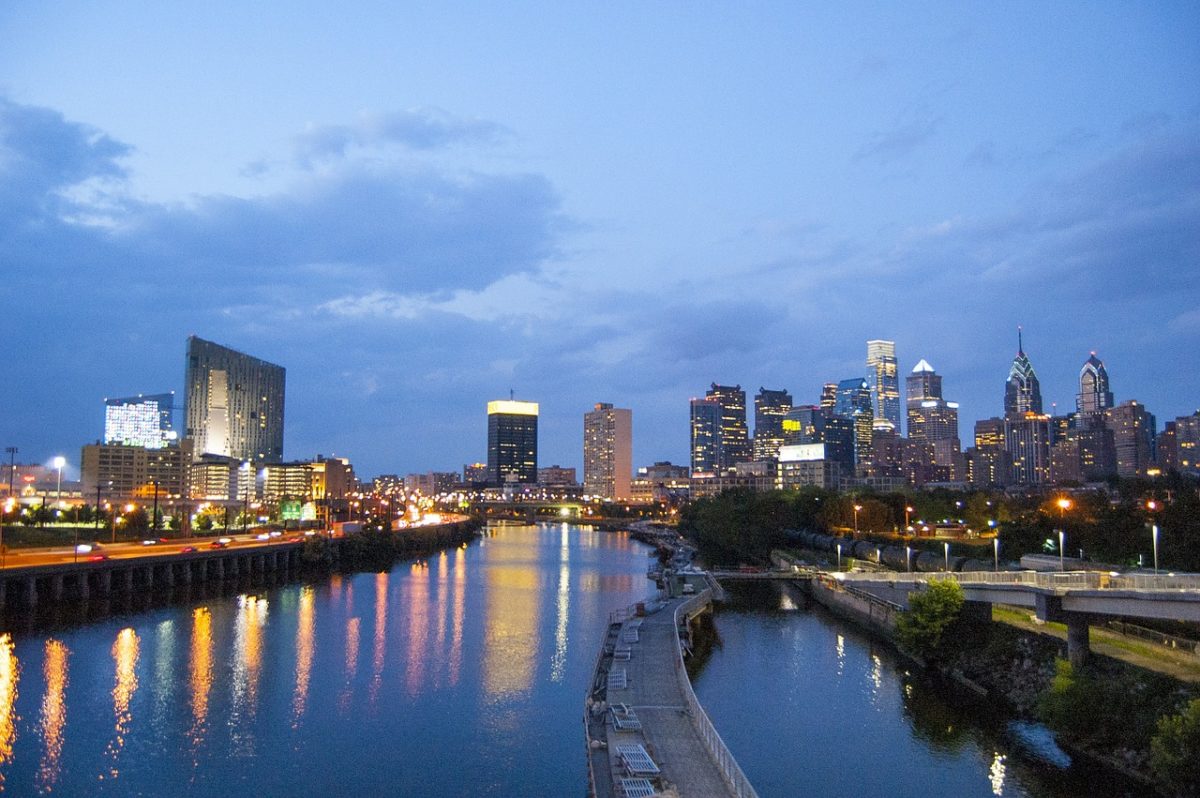If Covid-19 stay-at-home measures remain in place, households in the 13 of largest U.S. metro areas will see their summer electricity bills rise by about 10% on average, according to Arcadia’s analysis of members’ utility bill histories. For these metro areas, this translates into a more than $2 billion total summer bill increase.
Households in Philadelphia will be hit hardest, with a $37 monthly summer bill spike. Households in New York City, Boston and Detroit, meanwhile, are facing monthly bill increases of $34, $27 and $23, respectively.
“What we are presenting is a conservative estimate,” said Owen Quinlan, vice president of data analytics at Arcadia, a Washington, D.C.- based startup that connects subscribers to clean energy projects. These estimates assume that electricity rates do not go up, he noted.
According to Arcadia, the estimate probably understates potential summer bill increases, because last year’s baseline summer period data does not include as much home cooling as will be needed this summer, with more people working at home due to Covid-19.
Weather is the largest single driver of home heating and cooling, and home heating and cooling are the single largest drivers of home energy use.
Weather partly explains why households in Northeastern cities are expected to face the highest summer bill increases and why households in cities like San Francisco and Seattle, which see less seasonal temperature variation, are likely to be affected less. Arcadia estimates that per household monthly summer bill increases in San Francisco and Seattle will be about $8 and $2, respectively.
To some extent, a surge in residential energy use seems unavoidable this summer. “We’ve changed our normal patterns [because of Covid-19],” Quinlan said. During working hours, the electricity cost burden has shifted from employer to employee.
Similarly, unemployment, often a result of Covid-19, appears correlated with higher expected utility bills, as does density population. In a densely populated metro area, where stay-at-home measures are in place and social distancing is being practiced, when a person leaves his or her apartment, there are fewer places to go. One in three Americans live in the 13 largest metro areas in the U.S.
“A lot of what we are trying to accomplish is information sharing and empowerment. Not too many [companies] are looking at a nationwide data set,” Quinlan said. With this information, people can try to set expectations and budget. In some instances, they can change consumption patterns, or they take steps to improve energy efficiency in their home to lessen the potential bill increases, he added.
Arcadia measured the increase in residential energy use from March to April to estimate the bump from stay-at-home orders, and then it used that increase in its follow-on calculations. Using the same percentage of increase due to sheltering in place, multiplied by the average summer bill and multiplied by the number of households in each metro area, it calculated the total estimated summer month change.
This content is protected by copyright and may not be reused. If you want to cooperate with us and would like to reuse some of our content, please contact: editors@pv-magazine.com.








Interesting. The main driver of my electric use has been my PHEV since I bought it in 2017. It added 3000kWh to my yearly bill (250kWh/month). This around 45% of my electric bill. Since I am not driving nearly as much (91 miles for my last 30 day report) I am saving a lot on my electric bill. Also, we luckily have an evaporative cooler which uses less than 500W when running. When I wake up I just turn on the fan for 10-15 minutes and it is cool enough outside to bring the house temp down to 67-69F. Then close everything. Right now at 4pm it is 76F in the house and outside it is 91F. We will turn the cooler on for a few hours in the evening. So, maybe 2-3kWh/day or adding about 100kWh/month to the bill.
Winter is the time that kills me. I need to finish sealing the house and up the attic insulation 2-3x.